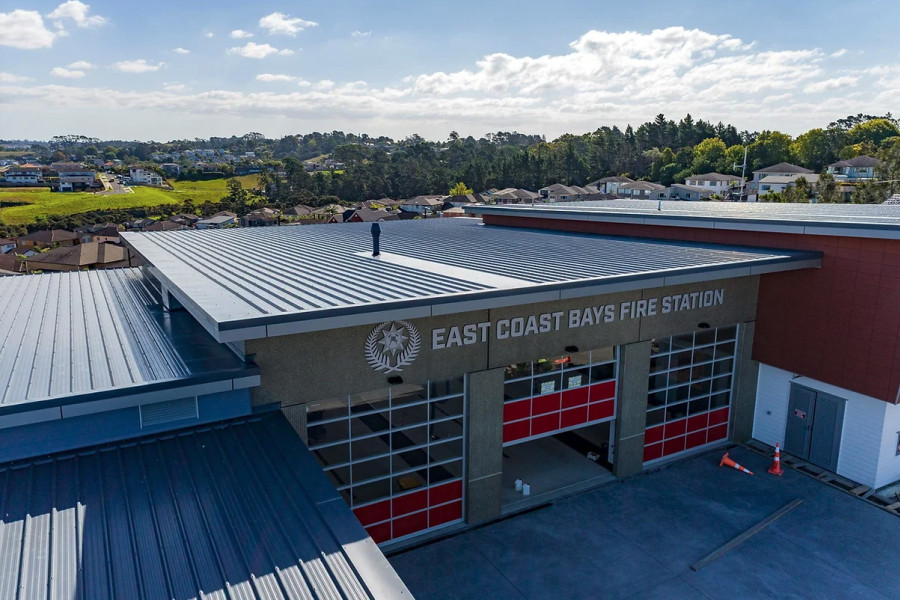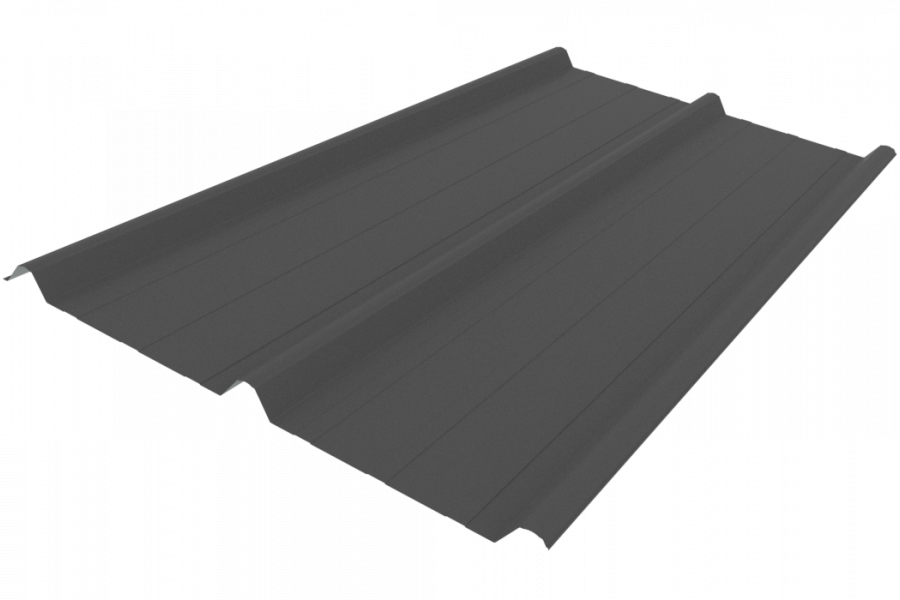
The WESP was created to deal with the emissions from Tasman Insulation's manufacturing process. The existing stack was dismantled over the weekend of 16-18 March and the new WESP commenced work the following week.
Auckland has a serious problem with PM10, the particle matter discharged from gas stacks, such as the one that was used at the Tasman Insulations Penrose site. PM10 is of particular interest to environmental protection agencies because it is associated with negative health effects, and Auckland’s air regularly exceeds the national air quality standard of 50µg/m3. These national standards are based on best practice in Europe and the US.
While approximately 90% of PM10 emissions in Auckland are from older diesel vehicles and house fires, only about 10% are emitted by manufacturing any reduction and is a positive move for Auckland’s air.
The new WESP will remove 90% of PM10 emissions leaving no visible plume except for some water vapour on particularly cold mornings.
“Any reduction of Auckland’s dirty air is a good thing,” says Tony Te Au, General Manager of Tasman Insulation. “And as a large manufacturer, we have a responsibility to do what we can to improve the air quality of our city.”
Work started in November at the Penrose site to install the new $4m stack. Rather than releasing PM10 particles, it collects them and passes the air through a highly charged electric field, where they get charged and are then attracted to the surface of the WESP with the opposite charge – rather like the north and south poles of a magnet. The WESP uses water to wash the particles off these surfaces and the particulates are then dealt with by the plant wash-water system.
“At Tasman Insulation, we know that sustainability is not a destination, but a journey of continuous improvement. We see the installation of the new stack as another step on our journey towards lightening our footprint as a manufacturer,” says Mr Te Au.










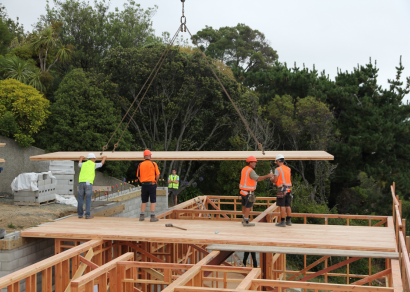


 Case Studies
Case Studies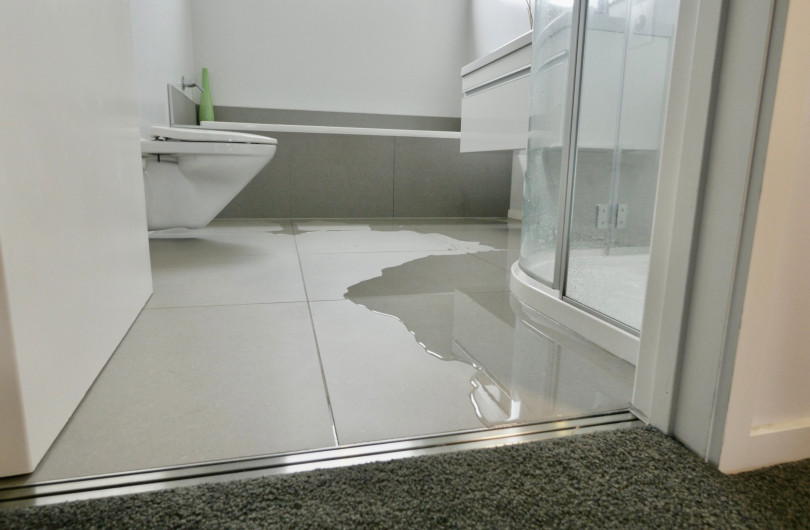



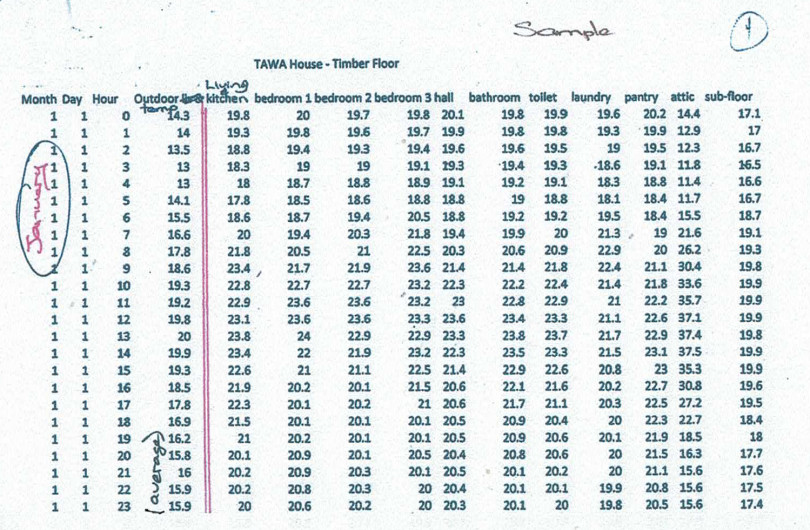




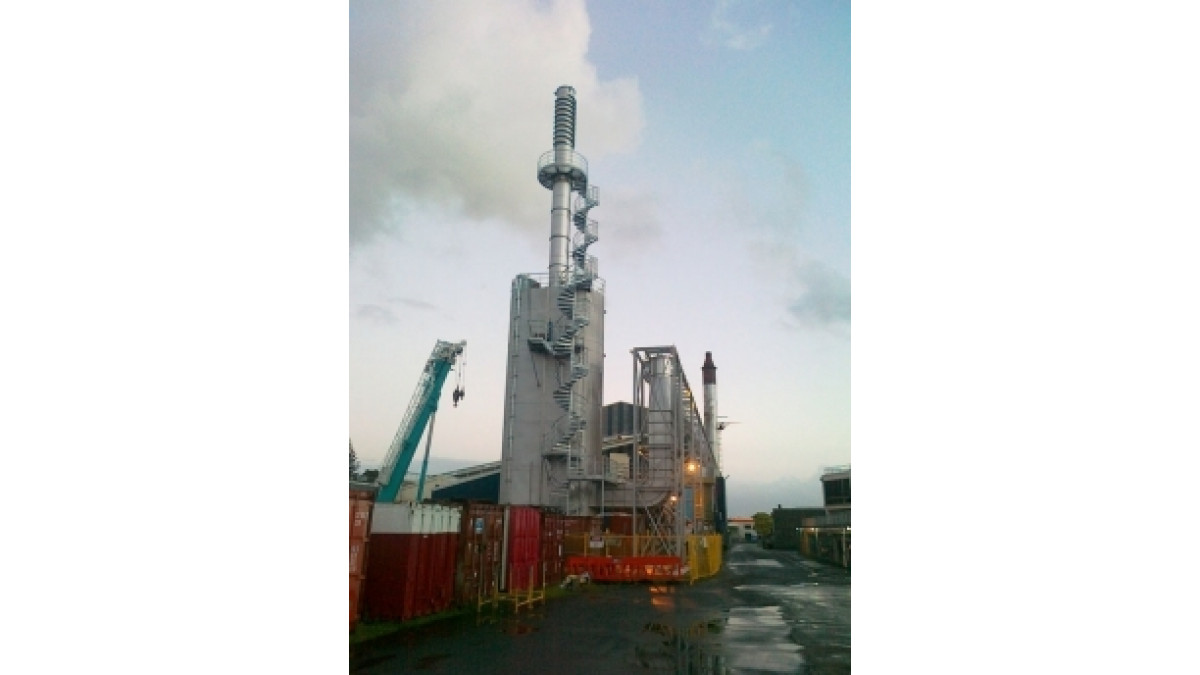




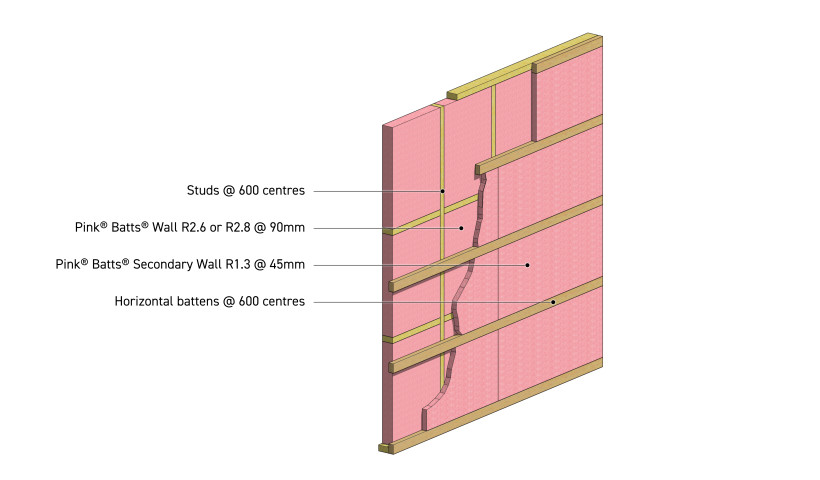
 Popular Products from Comfortech Building Performance Solutions
Popular Products from Comfortech Building Performance Solutions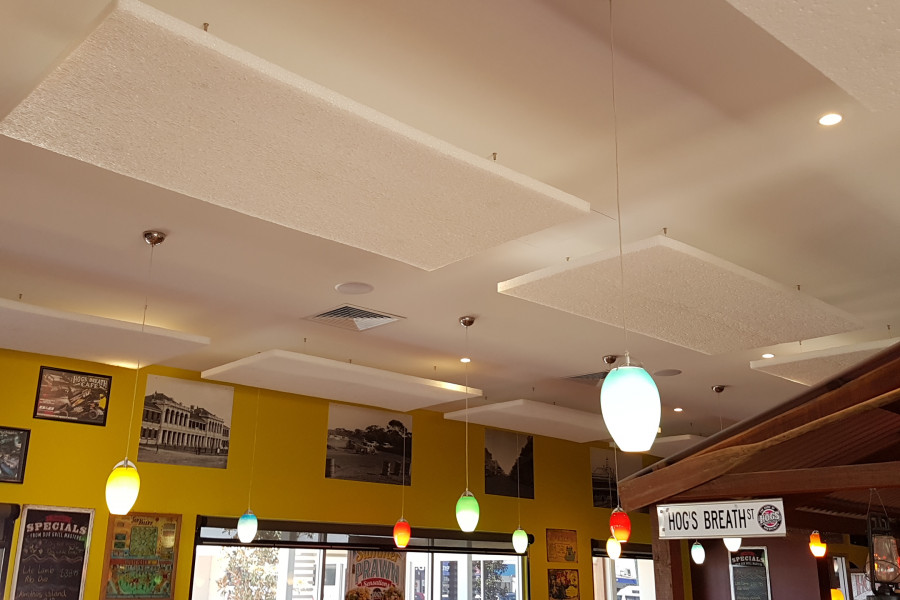
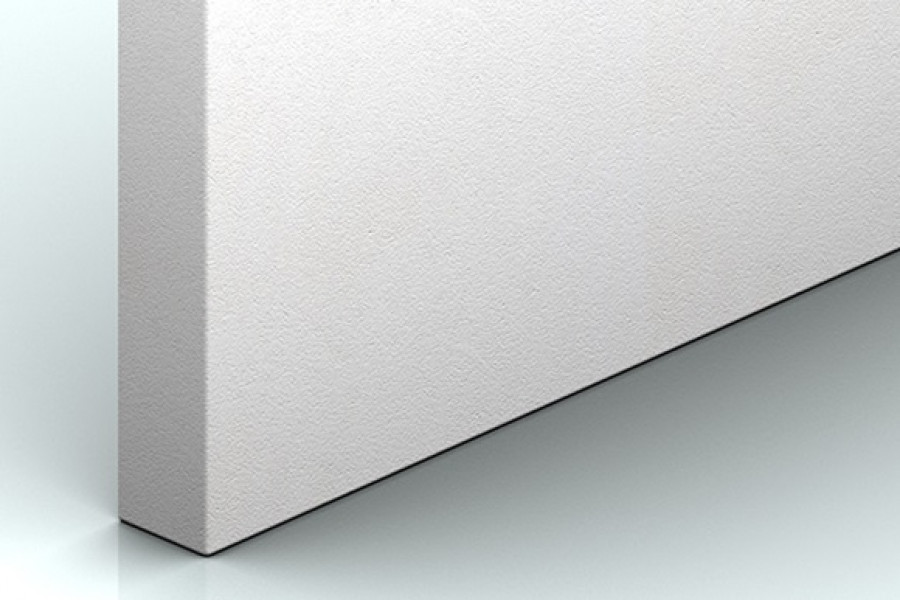
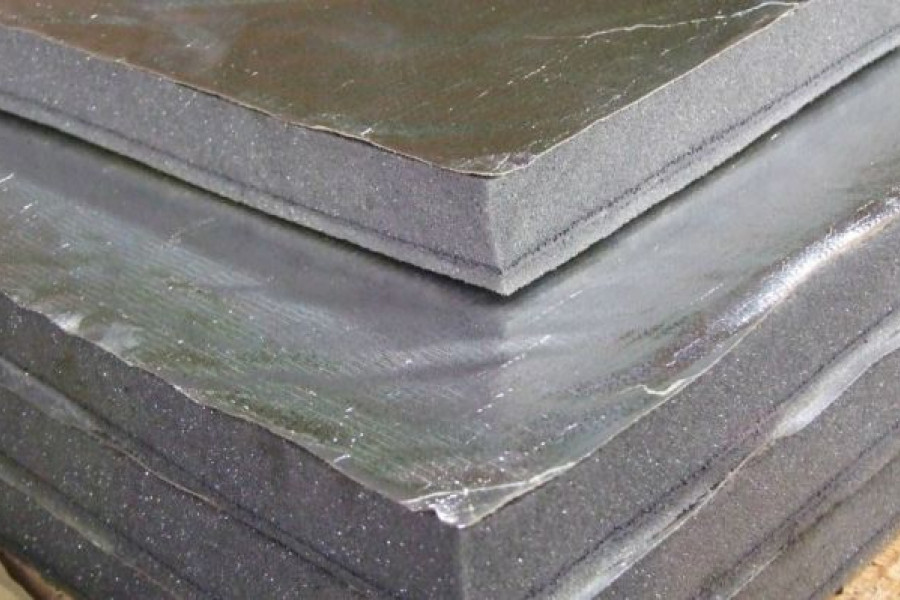
 Posts by Comfortech Technical
Posts by Comfortech Technical Most Popular
Most Popular
